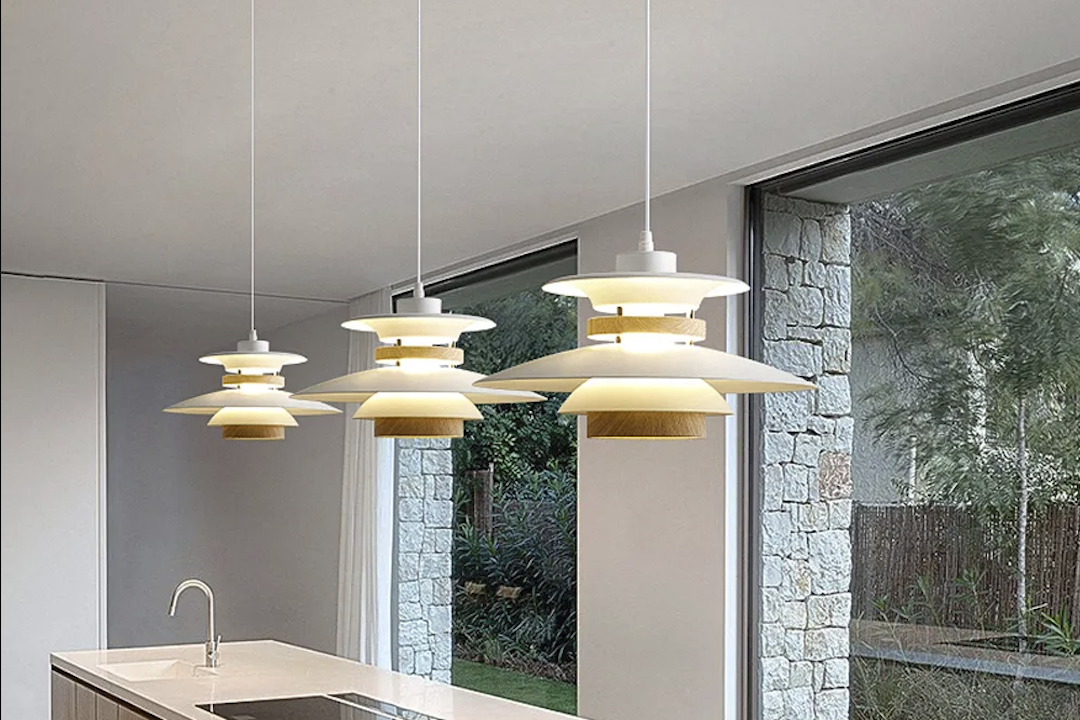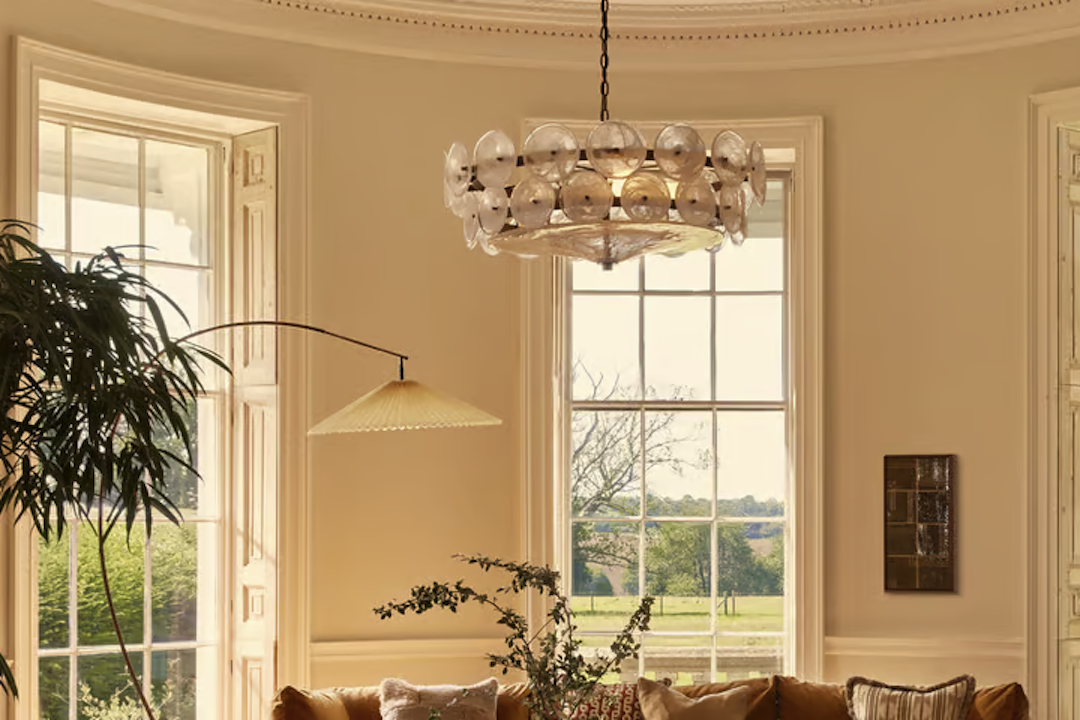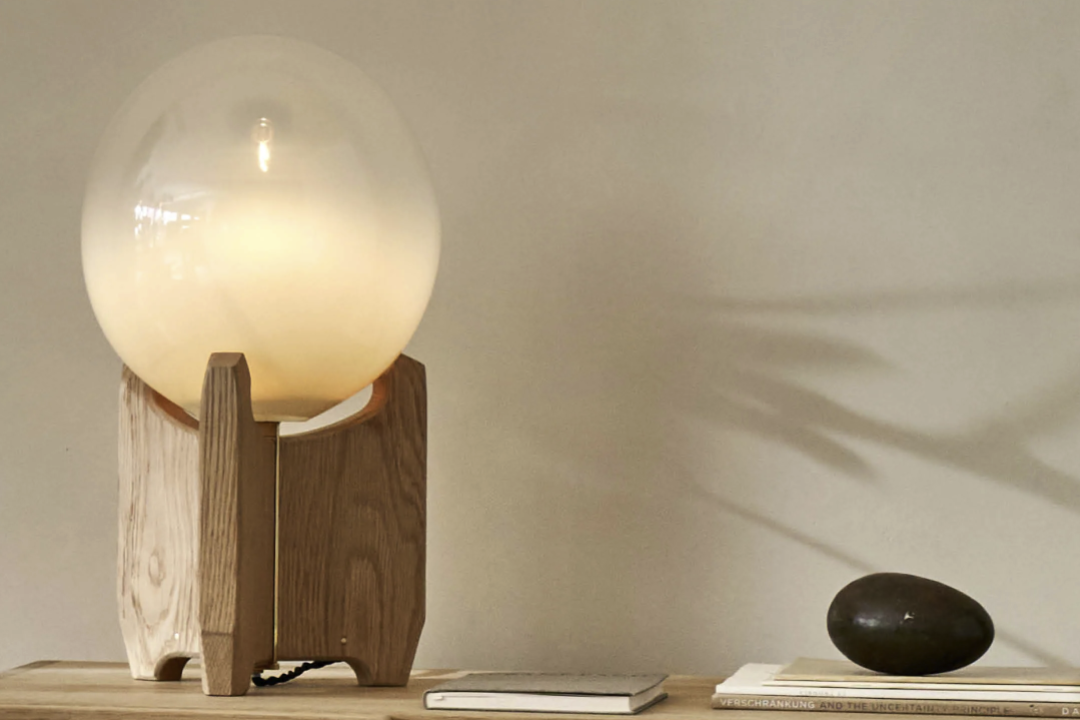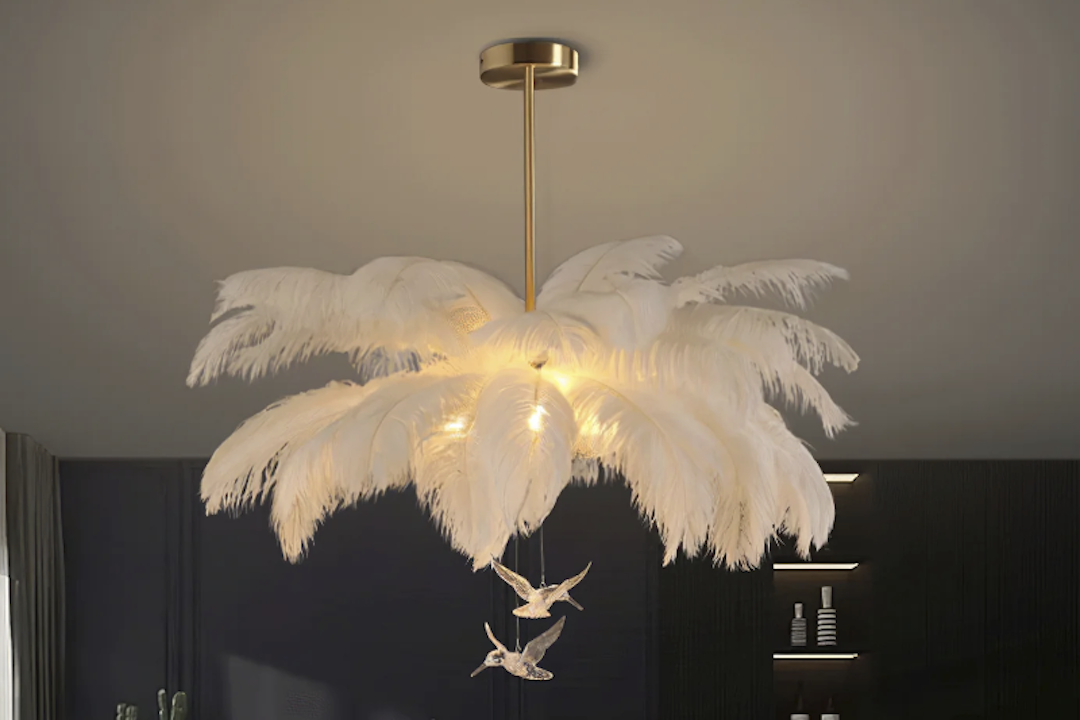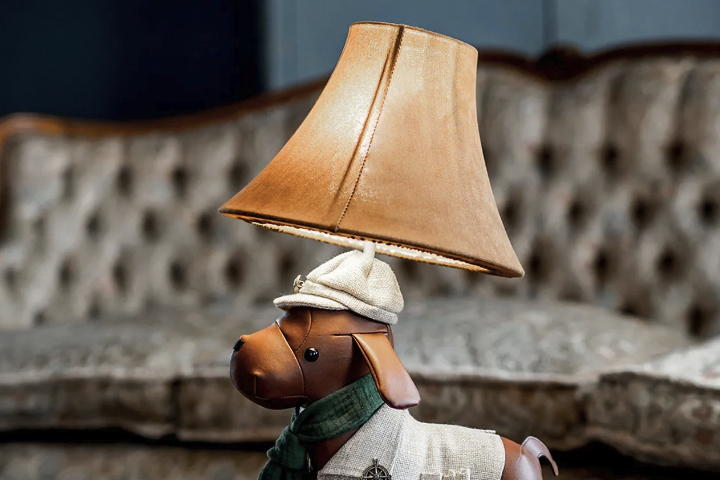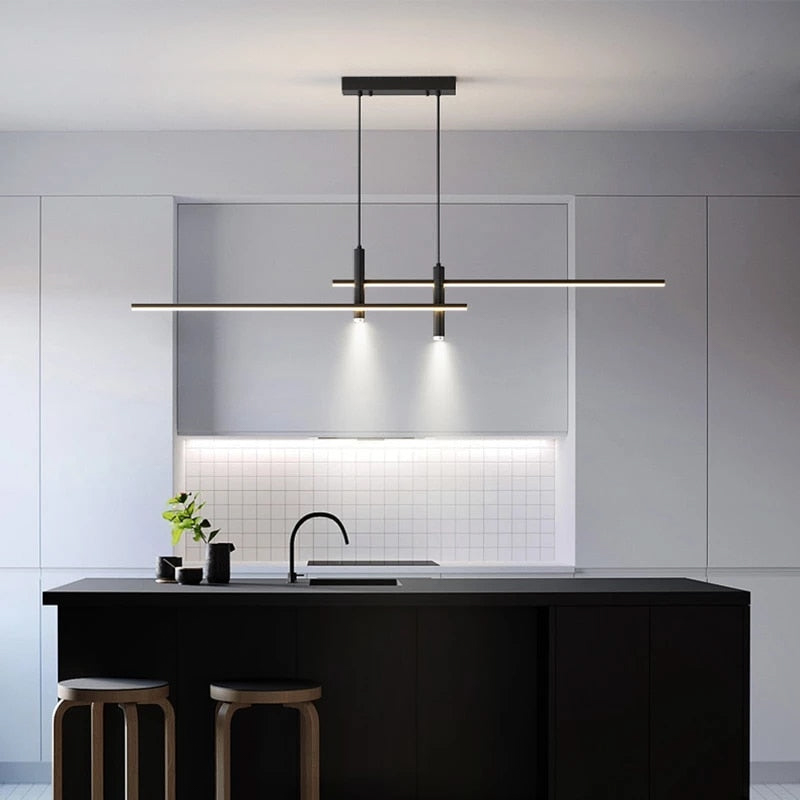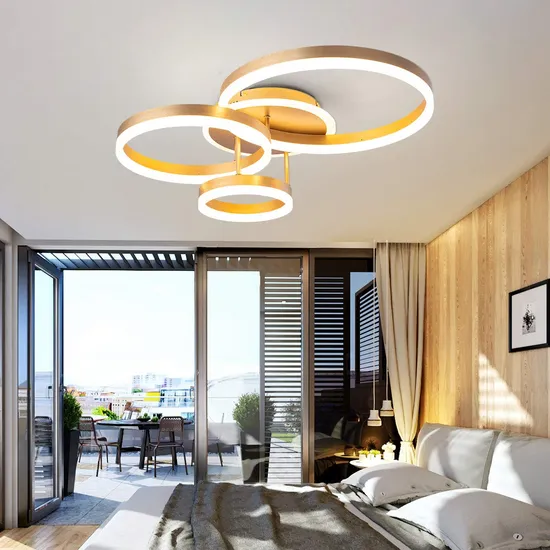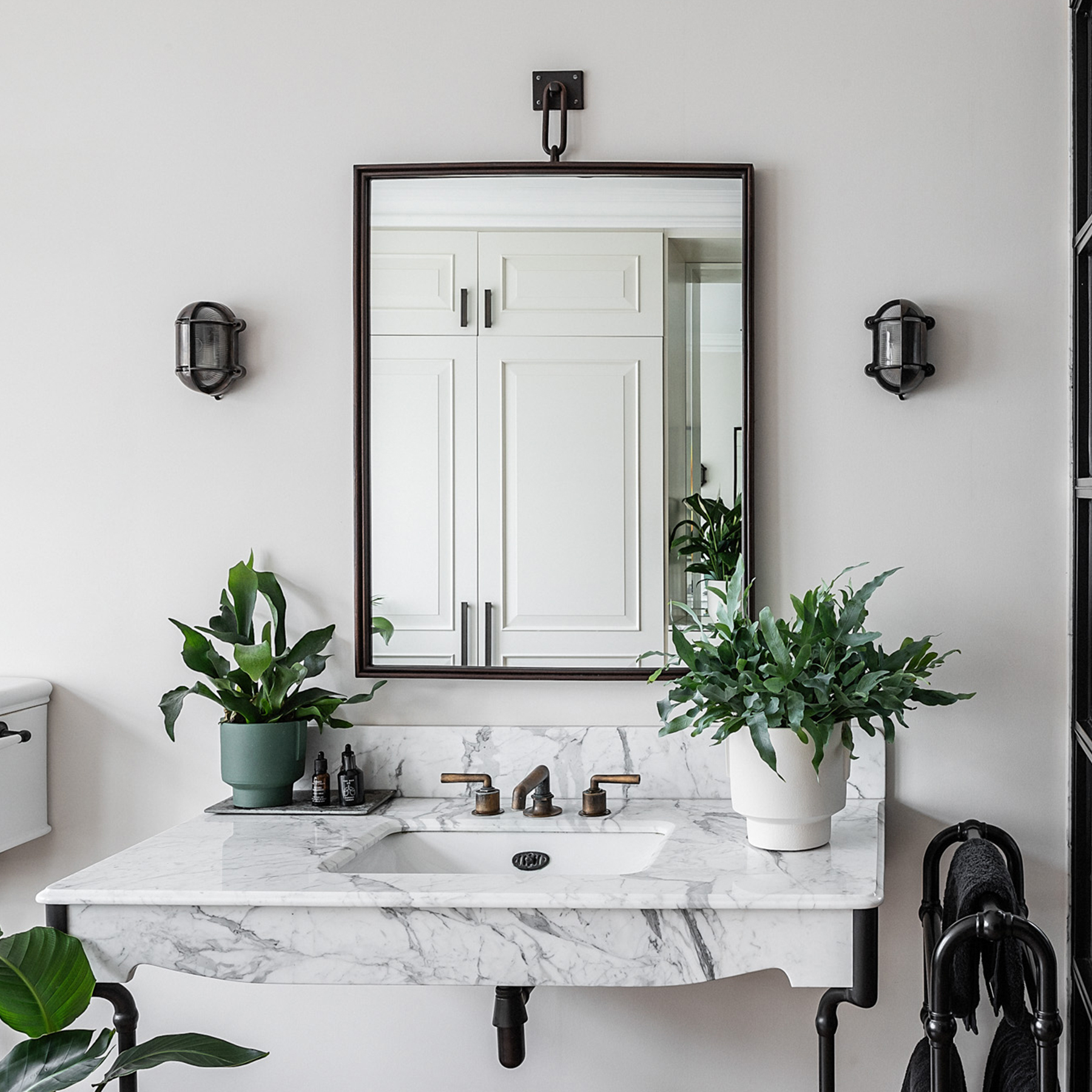Museum and gallery lighting play a vital role in shaping the visitors’ experience. Proper illumination can enhance the exhibit’s aesthetics, make the artwork more vivid, and create a suitable ambiance for the audience to appreciate various forms of artworks. In this article, we will explore the significance of museum and gallery lighting, its impact on the visitors and artists, and how professionals can utilize various lightening techniques to accentuate the exhibits’ natural beauty.
Importance of Museum and Gallery Lighting
Museum and gallery lighting is a critical component of the visitors’ experience because it can evoke emotions, create moods, and influence perception. Lighting is an art in and of itself, and when used properly, it can enhance the exhibit’s visuals and create an immersive experience for visitors. Proper lighting can highlight specific elements in the artwork, bring depth, and create a balance between shadow and light. Lighting can also protect the exhibits and art pieces from fading and degradation, as exposure to ultraviolet (UV) rays and direct light can harm the artwork.
Impact on Visitors and Artists
Proper museum and gallery lighting can influence how visitors perceive and appreciate the art. When the lighting is inadequate, it can make the artwork seem flat and uninspiring, thereby diminishing the visitors’ interest. Poor illumination can also cast shadows that obstruct the artwork, creating confusion and distraction among visitors. Conversely, proper illumination can make the artworks more engaging and enjoyable to viewers, elevating the artwork’s aesthetics and inspiring visitors to appreciate the artist’s work fully.
For artists, lighting can be an essential tool in accentuating the artwork’s strengths and masking its flaws. Exhibitors can use various lighting techniques to create a dramatic effect or highlight specific elements in the art piece. For instance, the orientation of the light can make the artwork seem more vibrant or accentuate its texture, color or detail. Artists can also experiment with various lightening colors and temperature to project their artwork’s mood and ambiance, making it more appealing to their intended audiences.
Lighting Techniques for Museum and Gallery
There are various lighting techniques that professionals can use for museum and gallery exhibits. Each has its purpose, and it can be challenging to select the best approach to suit the artwork on display. Here are some lighting techniques that professionals can consider when illuminating museum and gallery exhibits:
Accent Lighting
Accent lighting is a technique that highlights a particular artwork or section of an exhibit. This technique is ideal for drawing visitors’ attention to specific areas and making some areas more prominent than others. In accent lighting, the primary light source is directed towards the desired artwork to illuminate it while keeping the surrounding areas relatively dim.
Uplighting
Uplighting is a technique used to create a dramatic effect by lighting upwards towards the artwork. This technique is all about creating a unique ambiance, focus, and establishing balance between light and shadow. When using uplighting, the lights’ orientation is directed towards the wall or ceiling, creating indirect light that bounces off the artwork to create a subtle and intimate environment.
General Lighting
General lighting is a technique used to provide uniform lighting across the entire space. This technique is ideal for exhibitions that showcase multiple art pieces and require sufficient light to view art pieces’ details. In general lighting, the light source is positioned evenly across the whole space, illuminating everything evenly.
Museum and gallery lighting is a crucial aspect of the artistry experience. It’s essential to use lighting techniques appropriately to elevate the art pieces and create an immersive environment for the visitors to appreciate. Proper illumination can bring a new dimension to artworks and highlight their strengths, color, texture, and detail. Lighting is an art that requires a professional’s skill and experience to create an environment that enhances the artwork’s natural beauty.

